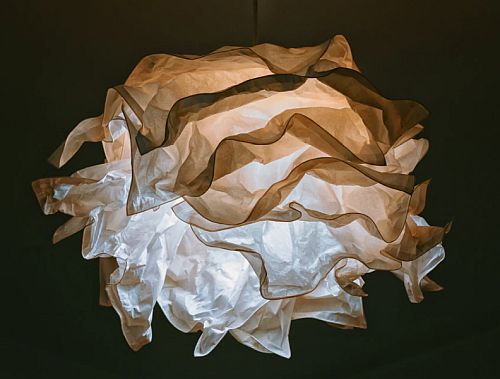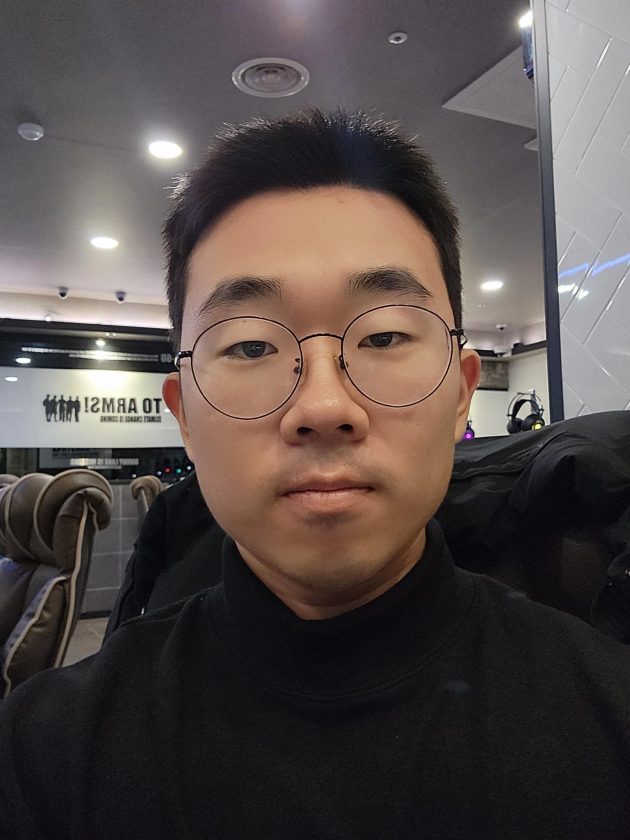It’s our honour to have Professor Sheng Xu from University of California San Diego with us today. Dr Xu’s research interests focus on the understanding of the electrical and mechanical behaviors of inorganic materials when they are engineered into a soft format; which can further be morphed into soft electronics, nano electronics and energy harvesting/storage devices.
He obtained his B.S. in Chemistry and Molecular Engineering from Peking University in Beijing, China in 2006. While he received his Ph.D. in Materials Science and Engineering in 2010 at Georgia Institute of Technology, and was the recipient of the 2011 IUPAC Prize for Young Chemists for his Ph.D. research on oxide nanowire arrays for energy sciences.
He also holds the position of Principal Investigator at Xu Research Group, La Jolla, CA.
I have been following Professor Xu’s research and contacted him for an interview to which he agreed even during his hectic hours of work. So, without much ado, please find Sheng Xu himself answering questions on scientific research and of course his life:

What attracted you into Nanotech research and what immediate developments do we expect in the field?
A senior college mate did so well in nanotechnology research and I wanted to follow his success back then.
Nanotechnology has penetrated to almost every field of research nowadays. There are many exciting developments already.
Xu Research Group’s all in one patch consists of 3 sensors – one blood pressure sensor and two chemical sensors. I am curious to know how the distance between the sensors is effective in getting the readings right?
If the sensors are too close to each other, then there will be electrical cross talk with each other and thus induce noise to signals of those sensors.
If the sensors are too far away, then the spacial filling ratio of the device (i.e., the effective space usage) is low.
What we demonstrated in the device was optimum for those considerations.
Both the sensors, in the epidermal patch, have their hydrogels and both have nano containment zones, (if I may use the term), so my query is what will happen in case of leakage during the usage. I’m sure it’ll affect the reading, or do we expect any replacement for hydrogels?
There will be no leakage since hydrogel is a solid. Yes. The hydrogels can be replaced when its performance degrades.

If we were to talk about wearable electronics for remote health monitoring, to what extent can be potentially achieved the same clinical outcome over the long run – whether that be a month or six months or a year – as one would achieve if one were to wear a device/stamp/patch every single day of the month?
Wearable electronics can complement, not replace, the existing clinical devices, in terms of remote monitoring on a continuous basis. Those two classes of devices are used for different purposes and scenarios.
For acquiring meaningful clinical information by wearable devices, the duration of wearing such devices varies, depending on the nature of specific diseases and symptoms. The emerging artificial intelligence can probably maximize the information/insights we can extract from the continuous data streams.
If we were to take critical data into consideration what obstacles do you think will come into play for microelectronics in healthcare? Also, I’d like to understand the cost perspective from the users’ point of view.
Accuracy will be the key for adopting wearable device in informing clinical decision making. Many of the wearable electronic devices have not been validated against the clinical gold standards, particularly by independent users using double blind protocols.
The cost of making those wearable patches is currently limited by human labor. However, with the potential interest of industry, automation of manufacturing such devices over a large scale can significantly lower down the device costs.
Your non-invasive technique is up against the giants in the healthcare industry. What is the current status of your commercial launch?
We are currently operating the start-up in a stealth mode. A separate team is working on that.

If soft robotics is inspired from biomimicry, can we say, origami is the backdrop when it comes to stretchability and condensed circuitry in 3D structures?
To some extent, yet. Or you can say kirigami.
I think to a larger extent, stretchable electronics are inspired by biology as well. For example, the human skin is an elastic, multifunctional sensor. Wearable electronics aims to merge the distinction between the human skin and the electronic patches.
Someone comes up to you and says, “I wanna be just like you. I want to be a nanotech scientist”. What advice would you give?
Be curious and be perseverant.
Quick bits:
What are some of the most interesting nanoparticles found in nature (not manufactured in the lab)?
Subcellular organelles.
What do you feel the repercussions are for extended life through utilization of nanotechnology?
We should be able to achieve more things for each one of us, which will collectively make this world a better place to live in.
What would you do on Mars for fun?
Seeking for water.
If you could trade lives with anyone for a day who would it be and why?
Elon Musk, a man of vision and action
What books should I read in 2021?
Sorry I don’t read many books.
That was indeed an awesome interview. I can’t thank you enough Professor Xu for your time. We look forward to visit you again and see more of your innovative research. Till then, we wish you all the very best for your future endeavor.



